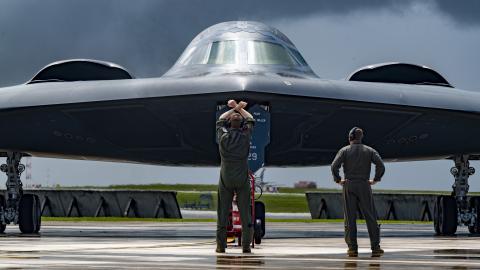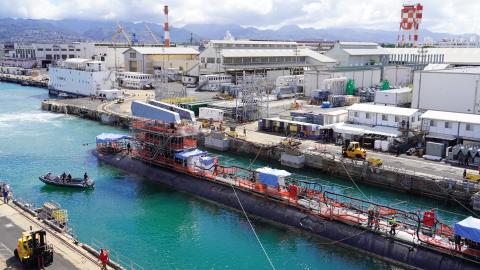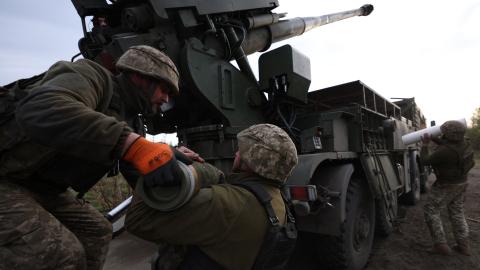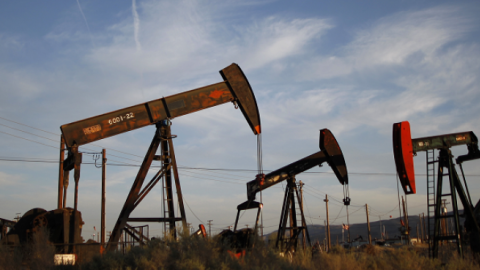Speaking at Georgetown University on June 25, 2013 President Barack Obama outlined his second term vision for combating climate change and promoting clean energy production and trade. In that speech, he mentioned Canada once, in acknowledgement of the Keystone pipeline controversy.
How different it was four years ago. Shortly after Obama’s first inauguration, he and Canada’s Prime Minister Stephen Harper launched a bilateral Clean Energy Dialogue to promote technology innovation, policy cooperation, and lower greenhouse gas (GHG) emissions in North America. Since then, we've seen two action plans and several announcements from the lead government agencies – the U.S. Department of Energy and Environmental Protection Agency (EPA), Environment Canada and Natural Resources Canada (NRCan) – and the lead officials in all four have been changed by cabinet shuffle or resignation.
And yet, some of the most exciting technological developments and significant reductions in U.S. and Canadian GHG emissions since 2009 have come from outside the process: from the natural gas industry.
Environmentalists in both countries have kept natural gas out of the Clean Energy Dialogues because many are ambivalent about hydrofracturing technology, and some feel that as a fossil fuel, natural gas use shouldn’t be encouraged. That was the prevailing view in the Obama campaign in 2008, and proved influential when this initiative was launched.
Yet as the Clean Energy Dialogue completes its second action plan agenda in 2014, it is time for the third action plan to include natural gas as a spur to policy cooperation between Washington and Ottawa on several pressing issues.
Technology Innovation – the centerpiece of the Clean Energy Dialogue from the beginning – is occurring at a fast pace as low prices encourage the use of gas for commercial, residential, industrial applications as well as power generation. Researchers in both countries could learn from one another in areas such as natural gas use to smooth the peaks and troughs of renewable energy production, to meet distributed energy needs and for integrated community energy systems, and for new industrial growth as North American manufacturing rebounds.
Economic Productivity and Competitiveness – top priorities for the Obama administration and the Harper government, can be boosted by natural gas abundance. Even as prices remain affordable, natural gas utilities in both countries are leaders in promoting energy efficiency for consumers, lowering the input cost of energy and making a range of outputs from the private sector less expensive to produce and lowering energy bills so that consumers have more to spend elsewhere. The best of these ideas are worth sharing. One especially promising development is an array of new technologies enabling natural gas to become a transportation fuel for cars, trucks, rail and marine transport – transportation accounts for roughly 25 per cent of U.S. and Canadian energy consumption according to the Energy Information Agency, and lower costs for transportation fuels will help improve competitiveness in logistics while reducing GHG emissions (compared to petroleum based fuels).
Security and Resilience – both are areas where further U.S. – Canada policy cooperation would be mutually beneficial. For example, the response to Hurricane Kartina and more recently to Hurricane Sandy revealed challenges providing mutual aid in a crisis – skilled professionals should be able to efficiently cross the border with their equipment to help neighbors in need. While work is underway in this area, further efforts to address obstacles with mutual aid agreements could be boosted by their inclusion in the Clean Energy Dialogue. In particular, the two countries could do much more to improve monitoring and coordinated responses to cyber attacks on critical energy infrastructure, where natural gas is playing a growing role north and south of the border.
Why now? New leadership enables a reboot of the Clean Energy Dialogue: Secretary of Energy Ernest Moniz and EPA Administrator Gina McCarthy have recently won U.S. Senate confirmation, and Canada’s new Environment Minister Leona Aglukkaq joins Natural Resources Minister Joe Oliver, who has been in his position since 2011 and is the veteran in this foursome.
On the campaign trail in 2012, President Obama marveled at the natural gas boom occurring in the United States, and called for a balanced approach to the development of the natural gas sector that included attention to good regulation and environmental impacts.
Incorporating natural gas into the Clean Energy Dialogue with Canada fits with the president’s approach, and could contribute to his energy and environmental legacy. It would be a positive counterpoint to the increasing acrimony surrounding the Keystone XL pipeline.
Yet it is another shift that makes the most compelling argument for addressing natural gas in the U.S.-Canada Clean Energy Dialogue in 2014: the recent fall in bilateral natural gas trade. Canada remains the largest foreign supplier of natural gas to the United States, and the United States is Canada’s largest export market for gas, but volumes have been falling as new U.S. natural gas supplies come into the market. Producers in both countries are exploring export markets outside North America.
In the 20th century, a similar transition from a period of primarily bilateral trade to global export competition occurred in wheat and later in steel, and the United States and Canada clashed as they became rivals for overseas markets. Today’s calm could become the calm before a storm that neither country wants. Better to initiate a dialogue on natural gas now. U.S. midterm elections in 2014, a Canadian federal election in 2015, and the next U.S. presidential election in 2016 are all looming on the political horizon and each contest, in its own way, will complicate the environment for improving bilateral cooperation on energy and the environment.
Bringing natural gas into the U.S.-Canada Clean Energy Dialogue by placing it on the agenda of the third action plan won’t guarantee progress amidst all of these political distractions – but it will reassert the spirit of cooperation between our two countries in time for the next U.S. president – whomever he or she may be – to mention Canada more than once and in a favorable way when talking about energy and environmental policy four years from now.




















